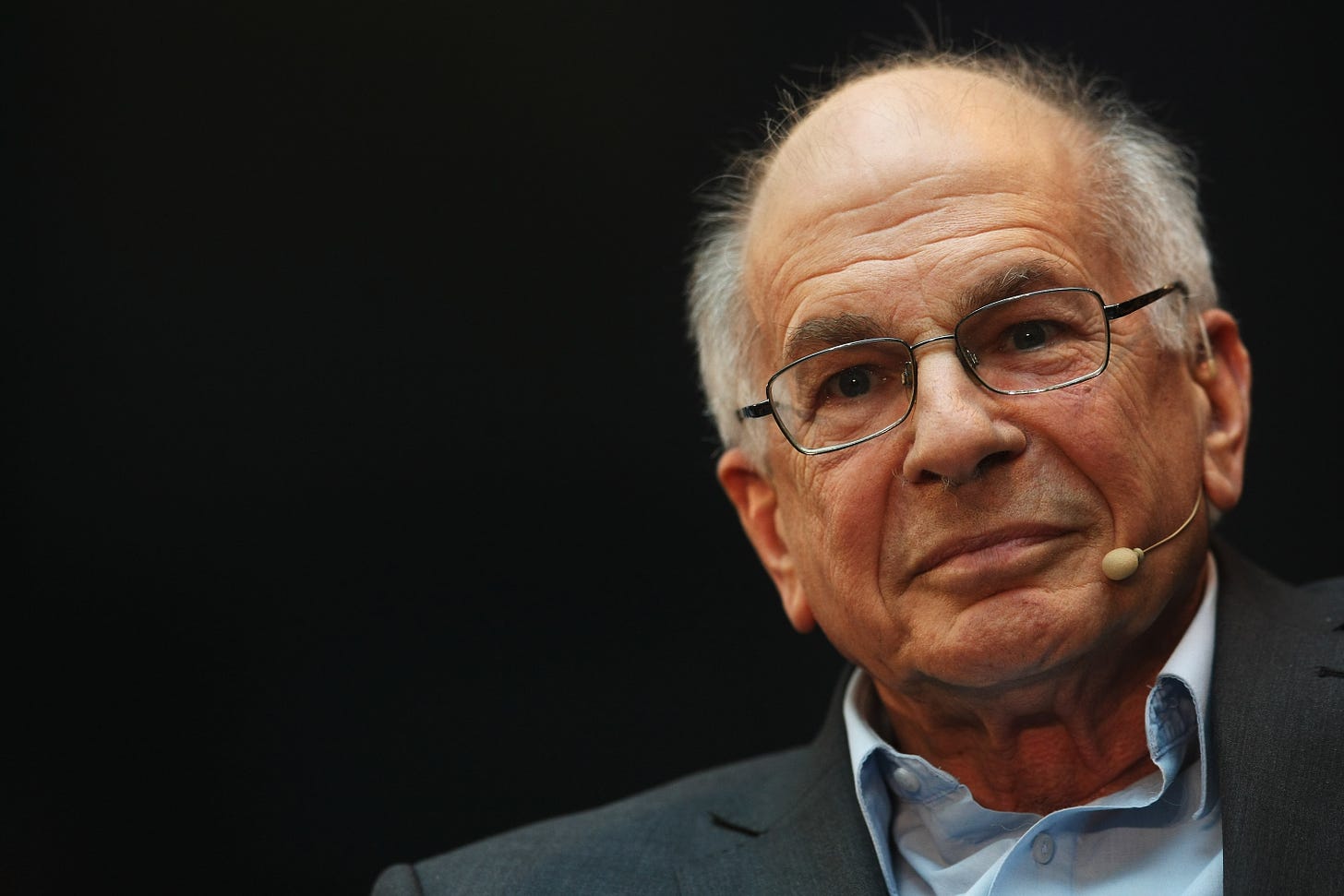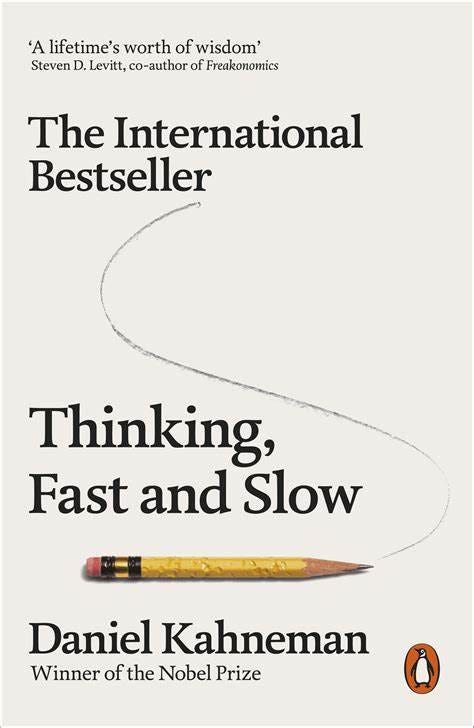Daniel Kahneman, a Nobel Prize-winning psychologist, revolutionized our understanding of judgment and decision-making.
In his landmark book, "Thinking, Fast and Slow," he draws back the curtain on the two systems that drive our thinking. System 1 is our fast, intuitive, and automatic mode, while System 2 is slow, deliberate, and effortful.
Our comforting conviction that the world makes sense rests on a secure foundation: our almost unlimited ability to ignore our ignorance.
Kahneman's decades of research, conducted alongside his collaborator Amos Tversky, forever altered the field of economics.
They challenged the notion of humans as purely rational actors, instead highlighting the biases and mental shortcuts that frequently sway our decisions - an idea that defines pretty much why people do what they do (inspite of them saying something else)
"Intelligence is not only the ability to reason; it is also the ability to find relevant material in memory and to deploy attention when needed."
His work led to more conversations around behavioral economics, a revolutionary field that merges the insights of psychology with the rigor of economic analysis.
He died recently and today’s newsletter is a tribute to his work.
The Two Systems
Our minds operate using two distinct systems.
System 1 is fast, intuitive, automatic, and largely unconscious. It effortlessly generates impressions, feelings, and inclinations.
System 2 is slow, deliberative, conscious, and effortful. It is responsible for reason and self-control.
Heuristics: Mental Shortcuts
This is the essence of intuitive heuristics: when faced with a difficult question, we often answer an easier one instead, usually without noticing the substitution.
Because System 2 is slow and effortful, we often rely on System 1's simpler approach in making judgments.
Keep reading with a 7-day free trial
Subscribe to NBW: Your Curiosity Copilot to keep reading this post and get 7 days of free access to the full post archives.





